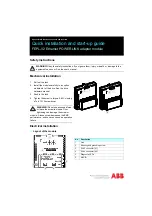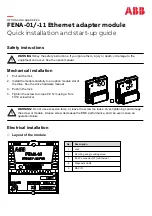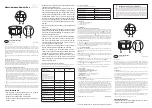
When used in conjunction with the known flow rate of a pump or valve, duty cycling can be used to reduce
the flow rate of an output to a specified maximum.
Output Configuration Examples
Example 1
- A solenoid maintaining a 2 metre deep storage tank 1 with mains water
Output 1
Type Probe Switch
Fill 1 none Next
Output 1 Levels
–
Min Max
172cm 198cm
- + Min Exit
Explanation – Fill tank 1 when the water drops to 172cm, stop when it reaches 198cm. The solenoid would
not operate until the level drops to 172cm or less, but once activated will not stop until the level reaches
it's high set point of 198cm.
Example 2
- 2 drainage pumps pumping surface water from a sump tank
Output 1
Type Probe Switch
Drain 1 none Next
Output 1 Levels
–
Min Max
52cm 75cm
- + Min Exit
Output 2
Type Probe Switch
Drain 1 none Next
Output 2 Levels
–
Min Max
52cm 90cm
- + Min Exit
Explanation – the pump on output 1 will activate when the level in tank 1 reaches or exceeds 75cm and will
stop once the level is reduced to 52cm. If the level increases beyond the capacity of this pump, the pump
on output 2 will activate at 90cm, also not stopping until the level reduces to 52cm. This is Duty Assist/Duty
Standby without alternation.
Example 3
- A direct feed rainwater harvester, using a solenoid on output 1 for mains water back up, a
supply pump on output 2 and a pressure switch on switched input 1 to signal the pump to supply water.
Output 1
Type Probe Switch
Fill 1 none Next
TC Series Controller v1.30
www.3ptechik.co.uk
09-August-2017
Page 16 of 28













































